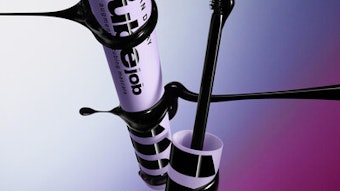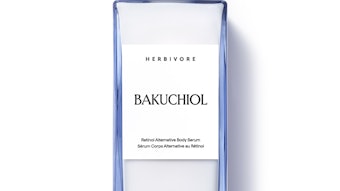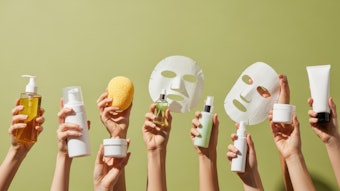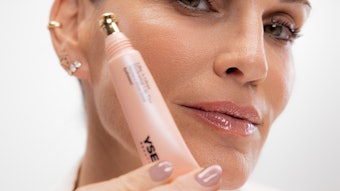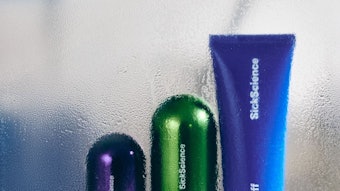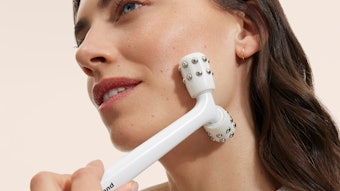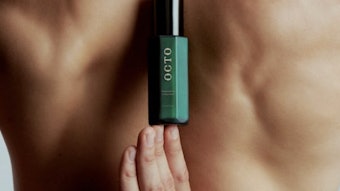- With so many consumers seeking ways to maintain a youthful appearance, there are more demands made of beauty products, and skin care products in particular.
- While wanting products that have near medical-level results, consumers also still seek green and eco-friendly options.
- Research and tests backing up products claims are increasingly sought out by consumers.
There’s no doubt that the medispa is here to stay: baby boomers and an increasingly younger crowd seeking preventative measures are all flocking to estheticians and medical professionals providing chemical peels, fillers, microdermabrasion and more. There’s a steady market of these clients that are looking for treatments best performed under a doctor’s watchful eye, but another market is emerging as well: those who want less invasive treatments but with equally effective results.
According to research firm Global Information Inc., the global cosmeceuticals market is growing at a rate of 7.7% annually, and is poised to reach $42.4 billion by 2018. As the population ages and consumer awareness increases, so does the demand for these medically inspired skin care products.
“We observe a global trend in the cosmetic industry which shows that cosmetic companies are more and more following some processes inspired from the pharma companies,” notes Fabrice Lefevre, scientific marketing manager, Induchem. “As a consequence, molecules with a high level of purity, safety and efficiency become the holy grail of cosmetic companies.” Brands featuring products with anti-aging ingredients such as peptides, stem cells and bioactives can likely expect to see strong sales—and brands that use effective marketing as well can expect to grow the most of all.
Best of Both Worlds
Baby boomers are like any savvy beauty consumer today, seeking products that have both high levels of efficacy and a great sustainability story behind its ingredients. The challenge for the product developer is balancing the demand for effective aging skin care with the demand for all-natural formulations.
“Effective use of the right ingredients and carefully applied technology can make for a successful anti-aging product,” says John O’Keefe, director of the North American personal care division for AAK USA. “AAK offers naturally derived bioactive lipid ingredients derived from shea and canola oils—such as our Lipex Shea Tris, Lipex Cellect and Lipex Pre-Act. AAK applies our technology expertise to concentrate the naturally occurring antioxidants and anti-inflammatory compounds in these oils into ingredients with documented benefits for the skin.”
And some natural ingredients can even be created rather than extracted, through the growing use of biotechnology. “The two demands can coexist, as in Lipotec’s new Biointec line of marine ingredients occurring naturally in non-genetically modified organisms and obtained through biotechnology—fermentation—for sustainable cosmetics, since there is no harvesting nor extracting from nature,” explains Caroline Keller, marketing manager for Lipotec. “Biotechnology involves the use of living organisms to produce natural molecules for a specific use, resulting in optimal bioprocesses to obtain well-defined molecules with a greater reproducibility. Both high-tech cosmeceuticals and organic brands use this type of actives.”
Prior to its acquisition by Induchem, the Libragen biotech research center in France was working for the pharmaceutical industry, synthesizing active molecules by biotechnology. “Due to the biotech, green chemistry origin of our molecules, we have the advantage of being able to claim for a fully natural origin,” says Lefevre. “Let me take an example: our NovHyal Biotech G, the needle-free hyaluronic filler, is the exact equivalent of a molecule that our body makes when it is young. So this molecule is more than a natural or biomimetic—it is a bio-equivalent one.”
Doctor’s Orders?
Indeed, skin care offerings with medically oriented claims have to go one step further than most beauty products. They have to provide the outstanding, medispa-type results, and they must be able to be performed at home without a physician’s presence.
“The big difference between pharma and cosmetic is that in cosmetic field the benefit/risk ratio is infinite, as the risk is close to zero,” explains Lefevre. “If our active cosmetic ingredients have a high biological activity, we [conduct] intensive tests to make sure that at the recommended dosage, they will deliver efficacy without any side effect.”
This includes making sure products are going to be safe for even the most sensitive of skin. “Due to the increased number of individuals with skin sensitivities, we have a number of brands from around the world that are asking us to create functional skin care products that will improve skin without inundating it with harsh ingredients,” says Melinda Wochner, vice president of marketing, CoValence Labs. Agrees Keller, “Products for sensitive skins will increase, since they are more liable to be dermatologically tested and avoid synthetic ingredients.”
A dermatologist’s or a physician’s endorsement can also be a benefit to the marketing story of a product. While it is rarely mandatory, it may give credence to the product. “A physician’s recommendation can be helpful to educate consumers about skin biology and how active ingredients can improve the skin appearance through topical application,” Keller adds.
Backing It Up
When product developers can back up their claims of efficacy with studies, beyond giving credibility to the product, it can add a great deal to the product’s marketability.
“I have always thought that what is claimed without proof can be denied without proof,” says Lefevre. “As a scientist, I ask for extensive evaluation of our active ingredients.” At Induchem, this includes a set of in vitro studies, followed by ex vivo tests and at least two months of clinical trials on a selected population of volunteers. “[Our active ingredients] have a level of purity over 95%, they have been assessed on well-characterized biological targets, they are the result of a rational design by our research center and have gone through intensive clinical testing in a double-blind versus placebo test under dermatological control,” says Lefevre.
At AAK USA, studies are also performed to prove the ingredients’ claims; according to O’Keefe, “An ex vivo study with a Lipex Shea Tris formulation shows skin barrier strengthening properties, an increase in dermal collagen and inhibition of protease activity. Published in vitro studies show benefits to the dermal extracellular matrix and anti-inflammatory activity.”
Ultimately, providing effective formulations and working with brands to obtain the desired product is key. “We develop under the umbrella of our clients’ wishes and philosophies,” says Wochner. “We continue to notice that our clients are requesting paraben-free products, but they want to make certain that the ingredients are highly functioning as well as have a great marketing story.”
Lisa Doyle was formerly the associate editor of GCI magazine and is a freelance writer in the Chicago area. Her work has appeared in Skin Inc. magazine, Salon Today, America’s Best, Renew and Modern Salon.
